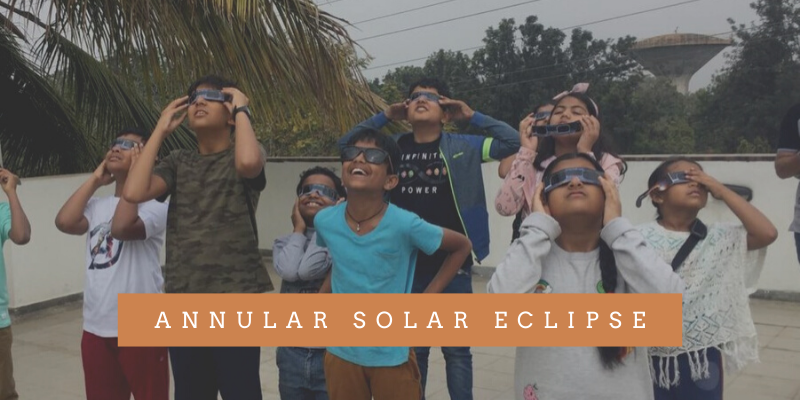

The only event that can turn a day into night (apart from earth’s rotation) is a solar eclipse. This Sunday we get to experience the mysterious feel of a total solar eclipse accompanied by the razzle-dazzle of the “ring of fire”. June 21. 2020 marks the annular solar eclipse that will be visible from northern India, southern Pakistan, China and parts of Africa. Mankind has been recording solar eclipses for over 5 millennia. But there have always been myths and superstitions surrounding them. The Chinese believed that it was a dragon devouring the sun; the Greeks believed it to be an indication from the gods of impending destruction and some Indians still believe that it can be harmful to the young and pregnant, and turns food harmful for consumption. What better way to clear the fog of doubt than knowing what actually causes eclipses?

Even though the moon passes between the sun and earth every 6 months, for an annular eclipse to take place three things need to fall into place 1) the phase of the moon (new moon) 2) position of the moon (between earth and sun) and 3) size of the moon (big enough to cover the entire central portion but small enough to create the ring of light).
*Antumbra is a region of shadow that lies beyond the umbra, this region exists when the source of light (sun) is larger than the object (Moon) casting the shadow.
Now coming to this Sunday’s event, info on when and where can you observe it: The partial eclipse will kick start around 9:15 am (IST) reach maximum eclipse by 12:10 pm and get over by 3:04 pm. The annular path of the eclipse will pass through the northern region of India. The ring of fire will be visible ( >98% visibility) from Hisamki , Munda in Rajasthan, Sirsa, Ratia and Yamunanagar in Haryana and Dehradun, Kurchola in Uttrakhand for approximately 30 seconds between 11:49 am (IST) to 12:12 pm (IST). The rest of the country will experience a partial solar eclipse on the day. In Mumbai, it begins at 10:00 am and ends at 1:27 pm. In Bangalore it’s from 10:12 am to 1:31 pm, in New Delhi it’s from 10:20 am to 1:48 pm, in Chennai it’s from 10:22 am to 1:41 pm and in Kolkata, it’s from 10:46 am to 2:17 pm ( ref: https://www.timeanddate.com/eclipse/map/2020-june-21)Do s and Don’t s of solar eclipse viewing:
Do s- If you own a telescope use safe solar filters while viewing
- You can also get commercial solar eclipse glasses from your nearby museum or planetarium
- If the above is not possible, try to make a DIY pinhole camera and project the eclipse on a white sheet. (https://www.jpl.nasa.gov/edu/learn/project/how-to-make-a-pinhole-camera/)
- Another great option is watching the live stream of the eclipse online. There are plenty of websites that stream high-resolution live streams
- Do not, once again do not look at the sun with naked eyes
- Do not look at the sun through your sunglasses, homemade filters, camera, binoculars, photographic films, X-ray plates or anything that isn’t specifically manufactured for solar eclipse viewing
Written By : Sanjukta Mondal
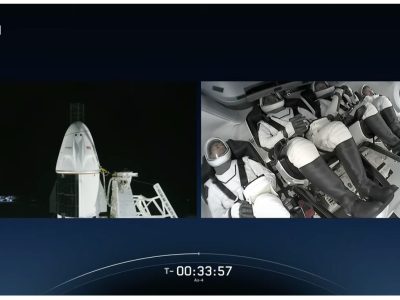


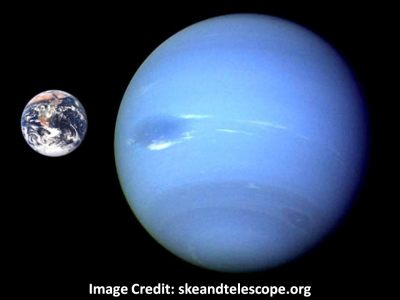
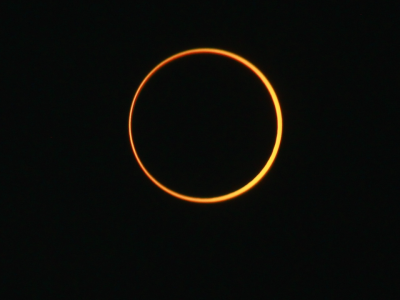
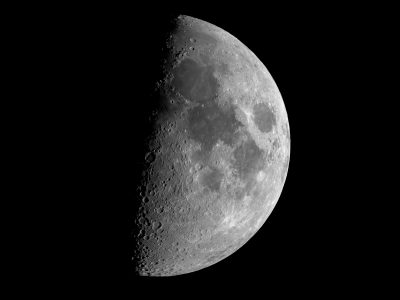







A very good piece of information and nicely portrayed.
[…] Read More and know about do’s and Dont’s here […]
[…] There is a wonderful post about this in EdgeOfSpace Blog by Sanjukta Mondal Which you can read here […]